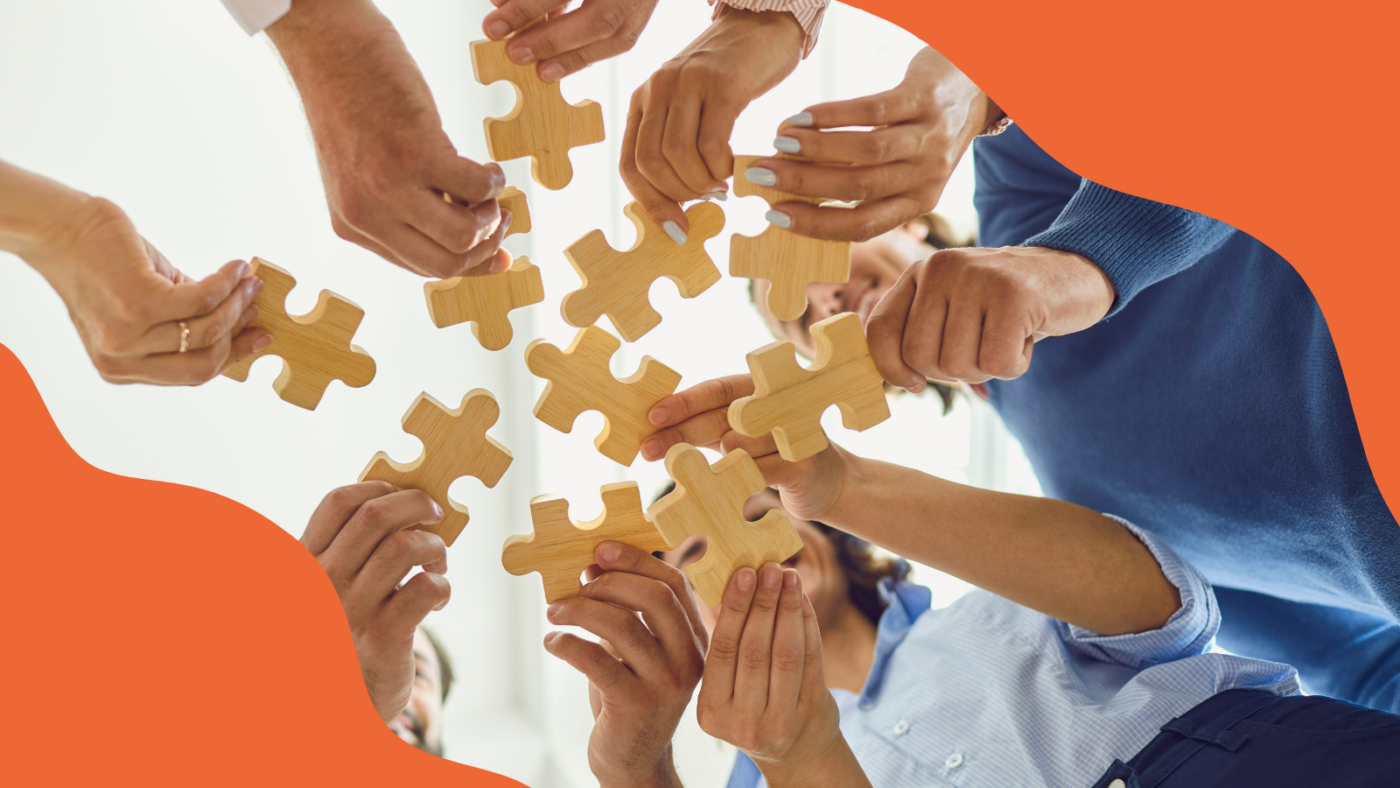We’ve all heard it said that “If you’re not learning faster than your competition, you will fall behind.” Today, this aphorism is more valid than ever. In the current dynamic and competitive business landscape, the success of any organization relies heavily on the performance of its teams. High-performing teams exhibit exceptional productivity, innovation, and collaboration, leading to remarkable results.
But while various factors contribute to team performance, one crucial element stands out: ongoing learning. When drawing insights from neuroscience, adult learning theory, and the characteristics of high-performance teams, this blog post will delve into why continuous learning is paramount for building and sustaining high-performing teams.
Neuroscience and Learning
Neuroscience studies have revealed that the human brain has an incredible learning and adaptation capacity throughout life. In addition, neuroplasticity, the brain’s ability to reorganize and form new neural connections, underscores the importance of continuous learning.
When team members engage in ongoing learning, they stimulate their brains, enhancing cognitive abilities, problem-solving skills, and creativity. This adaptive process ensures teams can handle evolving challenges, technologies, and market dynamics.
Adult Learning Theory
Adults approach learning differently from children, and understanding adult learning theory is fundamental to designing practical learning experiences. High-performing teams benefit from opportunities that align with adult learning principles, such as relevancy, practicality, self-direction, and active participation.
By providing relevant and applicable knowledge and skills, teams can immediately transfer their learning to their work, resulting in improved performance. Furthermore, encouraging self-directed learning empowers team members to take ownership of their development, fostering a culture of continuous improvement.
Characteristics of High-Performance Teams:
High-performing teams possess specific attributes that set them apart. Ongoing learning plays a pivotal role in cultivating these characteristics, including:
- Collaboration and Trust: Continuous learning enables team members to develop a shared understanding and common language. Through collaborative learning experiences, teams build trust and establish effective communication channels, enhancing cohesion and cooperation.
- Adaptability and Resilience: In a rapidly changing environment, high-performing teams must be adaptable and resilient. Ongoing learning equips team members with the skills and knowledge to navigate uncertainty, embrace change, and bounce back from setbacks, fostering resilience and agility.
Innovation and Creativity: Learning fosters creativity by exposing teams to new ideas, perspectives, and problem-solving approaches. Continuous learning encourages out-of-the-box thinking, enabling high-performing teams to generate innovative solutions and drive progress. - Continuous Improvement: Pursuing ongoing learning instills a growth mindset within people. By embracing a culture of continuous improvement, high-performing teams consistently seek opportunities to enhance their skills, knowledge, and processes, fostering excellence and achieving remarkable outcomes.
To build and sustain high-performing teams, organizations must recognize the pivotal role of ongoing learning. Drawing upon neuroscience, adult learning theory, and the characteristics of high-performance teams, it becomes evident that continuous learning enhances team performance, adaptability, innovation, and collaboration.
By investing in learning opportunities, fostering a culture of continuous improvement, and providing relevant and practical learning experiences, organizations can unlock the full potential of their teams and drive long-term success in an ever-evolving business landscape. Are they interested in learning more? Give us a call.

